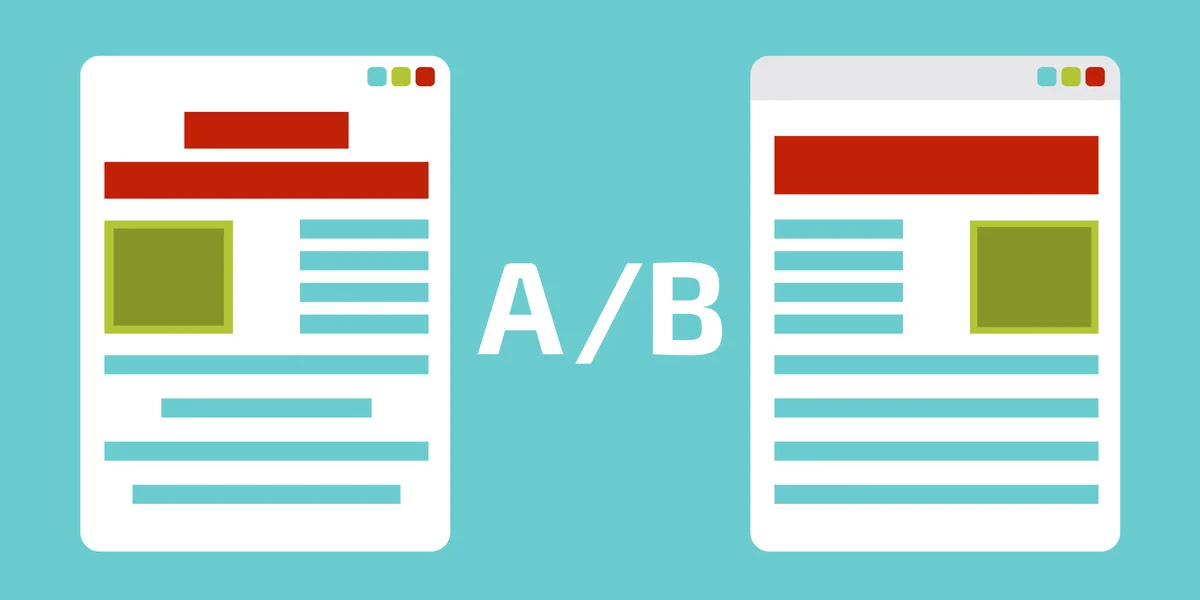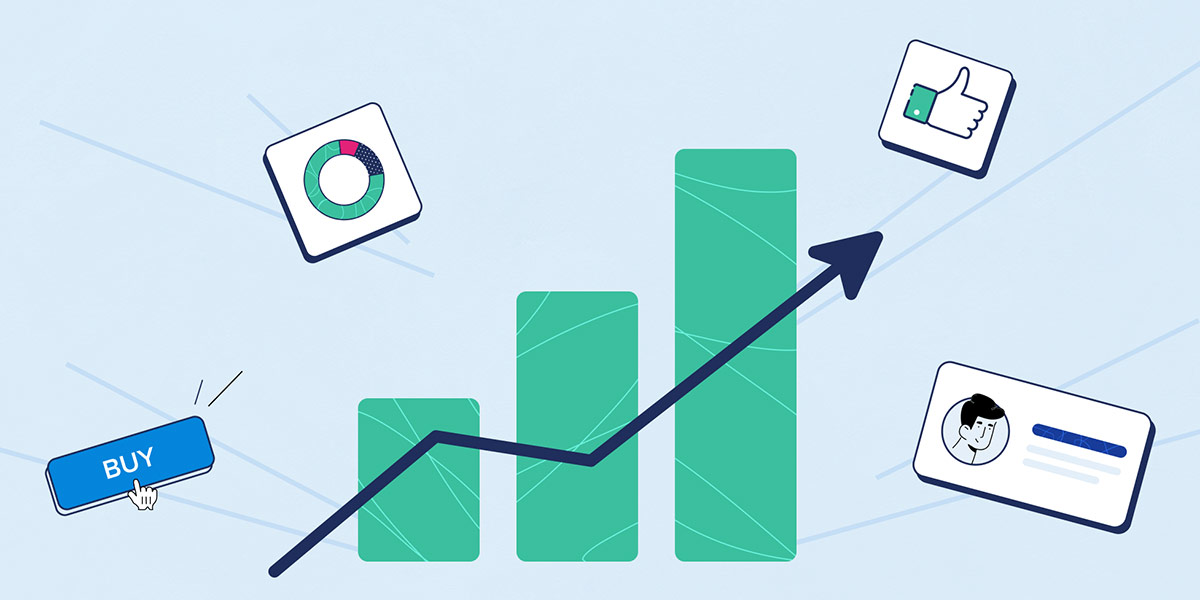
In the realm of online marketing and website performance, understanding and improving conversion rates are of paramount importance. Conversion rate refers to the percentage of website visitors who complete a desired action, such as making a purchase, filling out a form, or subscribing to a newsletter. A good website conversion rate signifies the effectiveness of your website in persuading visitors to take the desired actions.

What is a Good Website Conversion Rate
Understanding Website Conversion Rate
Definition of Conversion Rate
The website conversion rate is calculated by dividing the number of conversions (desired actions) by the total number of website visitors and multiplying the result by 100. For instance, if a website receives 1,000 visitors and generates 100 conversions, the conversion rate would be 10%.
Importance of Conversion Rate Optimization
Conversion rate optimization (CRO) is the process of improving the website’s ability to convert visitors into customers or subscribers. It is a critical aspect of online marketing as it directly impacts the success and profitability of businesses. By optimizing conversion rates, businesses can maximize the return on investment (ROI) from their marketing efforts and enhance overall website performance.
Factors Influencing Website Conversion Rate
Several factors contribute to the website conversion rate. These factors include:
- Website design and user experience
- Page load speed
- Quality and relevance of content
- Clarity of call-to-actions
- Trustworthiness and credibility of the website
- Targeting and relevancy of marketing campaigns

What is a Good Website Conversion Rate: Understanding Website Conversion Rate
Benchmarking Website Conversion Rates
Benchmarking website conversion rates is essential to gain insights into industry standards and establish realistic goals for your website. However, it’s important to note that conversion rates can vary significantly depending on various factors, including the industry, type of website, target audience, and the specific action being measured.
Average Conversion Rates Across Industries
Different industries experience varying average conversion rates. For example, the average conversion rate for e-commerce websites is typically lower compared to lead generation websites. According to industry research, the average conversion rate for e-commerce websites ranges from 1% to 3%, while lead generation websites may achieve conversion rates between 5% and 10%.
Conversion Rate Expectations Based on Business Goals
Setting conversion rate goals should align with the specific objectives of your business. For example, if you operate an e-commerce store, your goal might be to increase the conversion rate from 2% to 4% within a specific time frame. However, it’s important to set realistic expectations based on your industry benchmarks and historical data.
Analyzing and Improving Conversion Rates
Analyzing and optimizing conversion rates requires a systematic approach and a deep understanding of your target audience’s behaviour. Here are several strategies to improve your website’s conversion rate:
Conducting a Conversion Rate Audit
Before implementing any changes, it’s crucial to conduct a comprehensive conversion rate audit. This involves analyzing the different stages of the user journey, identifying potential bottlenecks, and understanding user behaviour through analytics tools.
Identifying Conversion Rate Optimization Opportunities
By analyzing data from the conversion rate audit, you can identify specific areas for improvement. These opportunities may include optimizing website design, enhancing user experience, refining copywriting, or simplifying the checkout process.
Implementing A/B Testing Strategies
A/B testing involves comparing two different versions of a webpage or element to determine which one performs better in terms of conversions. By testing different variations and measuring the results, you can make data-driven decisions to optimize your website for higher conversion rates.
Optimizing Website Design and User Experience
The design and user experience of your website plays a crucial role in influencing conversion rates. Ensure that your website is visually appealing, intuitive to navigate, and optimized for different devices and screen sizes.
Creating Compelling Call-to-Actions
A call-to-action (CTA) is a prompt that encourages visitors to take a specific action. By crafting compelling and persuasive CTAs, you can entice visitors to engage and convert. Use action-oriented language, emphasize the value proposition, and make the CTA visually prominent.
Streamlining the Checkout Process
For e-commerce websites, a streamlined and frictionless checkout process is vital for improving conversion rates. Minimize the number of steps required, provide multiple payment options, and assure visitors of the security and trustworthiness of the transaction.
Enhancing Website Loading Speed
Website loading speed is a crucial factor that influences user experience and conversion rates. Optimize your website’s performance by minimizing file sizes, leveraging browser caching, and utilizing content delivery networks (CDNs) for faster delivery of assets.

What is a Good Website Conversion Rate: Analyzing and Improving Conversion Rates
Tracking and Measuring Conversion Rates
To effectively optimize conversion rates, it’s essential to track and measure the relevant data. By utilizing analytics tools, you can gain valuable insights into visitor behaviour and conversion patterns. Here are some key considerations:
Utilizing Analytics Tools
Tools like Google Analytics provide comprehensive data on website traffic, user behaviour, and conversion metrics. Leverage these tools to track and measure the performance of your website and specific conversion goals.
Setting up Conversion Tracking
To accurately measure conversions, set up conversion tracking within your analytics platform. This enables you to attribute specific actions or goals to their respective marketing campaigns or traffic sources.
Interpreting Conversion Rate Data
When analyzing conversion rate data, it’s important to look beyond the surface level. Consider factors such as traffic sources, device types, and user segments to gain a deeper understanding of conversion trends and patterns.
Common Challenges and Solutions
Improving conversion rates often involves addressing common challenges that hinder conversions. Here are some common issues and potential solutions:
High Bounce Rates
A high bounce rate indicates that visitors are leaving your website without taking any action. To reduce bounce rates, focus on improving page load speed, optimizing content relevance, enhancing user experience, and providing clear navigation paths.
Cart Abandonment
Cart abandonment occurs when visitors add items to their shopping carts but fail to complete the checkout process. Reduce cart abandonment by simplifying the checkout process, offering incentives, providing clear shipping and return policies, and implementing remarketing strategies.
Low Engagement Metrics
Low engagement metrics, such as low time on page or few page views per session, suggest a lack of interest or relevance. Improve engagement by creating compelling and informative content, utilizing visual elements, and implementing personalization techniques.
Lack of Trust Indicators
Trust indicators, such as security badges, customer reviews, and testimonials, help build credibility and trust with your visitors. Display trust indicators prominently throughout your website to alleviate any concerns and increase conversion rates.
Ineffective Targeting
If you’re attracting the wrong audience to your website, your conversion rates will suffer. Refine your targeting strategies by optimizing your advertising campaigns, utilizing audience segmentation, and conducting market research to better understand your ideal customer profile.

What is a Good Website Conversion Rate: Common Challenges and Solutions
Industry Best Practices
To maximize conversion rates, implement industry best practices that have proven to be effective. Consider the following strategies:
Implementing Persuasive Copywriting Techniques
Craft compelling and persuasive copy that highlights the benefits and value of your products or services. Utilize persuasive language, address visitor pain points, and employ storytelling techniques to engage and convert your audience.
Leveraging Social Proof
Social proof is a powerful psychological concept that influences people to conform to the actions of others. Incorporate social proof elements such as customer testimonials, case studies, user-generated content, and social media mentions to enhance trust and credibility.
Building Trust Through Testimonials and Reviews
Customer testimonials and reviews serve as powerful endorsements for your products or services. Display genuine testimonials prominently on your website to demonstrate social proof and build trust with your potential customers.
Providing Clear Value Propositions
Communicate the unique value and benefits that your products or services offer. Highlight what sets you apart from the competition and how your offerings can solve the specific needs or pain points of your target audience.
Optimizing for Mobile Devices
With the increasing use of smartphones and tablets, optimizing your website for mobile devices is crucial. Ensure your website is mobile-responsive, loads quickly on mobile devices, and provides a seamless user experience across different screen sizes.

What is a Good Website Conversion Rate: Industry Best Practices
Maximizing Conversion Rates for E-commerce Websites
E-commerce websites have unique considerations when it comes to conversion rate optimization. Here are some strategies specifically tailored for e-commerce:
Optimizing Product Pages
Product pages play a critical role in influencing purchase decisions. Optimize your product pages by using high-quality images, detailed product descriptions, customer reviews, clear pricing information, and persuasive CTAs.
Simplifying the Checkout Process
A complex and lengthy checkout process can lead to cart abandonment. Simplify the checkout process by minimizing the number of form fields, offering guest checkout options, and providing progress indicators.
Offering Multiple Payment Options
Different customers have different payment preferences. To accommodate a wider audience, offer a variety of payment options such as credit cards, PayPal, Apple Pay, or Google Pay.
Providing Live Chat Support
Live chat support allows customers to receive real-time assistance during their purchase journey. It helps address any concerns, answer questions, and build trust, ultimately boosting conversion rates.
Conversion Rate Optimization Tools and Resources
Various tools and resources are available to assist in optimizing conversion rates. Consider using the following:
Heatmap Tools
Heatmap tools, such as Hotjar or Crazy Egg, provide visual representations of user behaviour on your website. By analyzing heatmaps, you can identify areas of interest, user interaction patterns, and potential optimization opportunities.
A/B Testing Platforms
A/B testing platforms like Optimizely or Google Optimize allow you to test different variations of your web pages and measure their impact on conversion rates. Utilize these tools to run experiments and make data-driven decisions.
User Feedback and Survey Tools
Gathering feedback from your website visitors can provide valuable insights. Tools like Qualaroo or SurveyMonkey enable you to collect user feedback, conduct surveys, and gain a deeper understanding of user preferences and pain points.
Conversion Rate Optimization Blogs and Communities
Stay updated with the latest trends and strategies in conversion rate optimization by following reputable blogs and participating in online communities. Engaging with experts and fellow marketers can provide valuable insights and knowledge-sharing opportunities.

What is a Good Website Conversion Rate: Conversion Rate Optimization Tools and Resources
Conclusion
A good website conversion rate is a crucial metric for measuring the effectiveness of your website in generating desired actions. By understanding the factors influencing conversion rates, benchmarking industry standards, and implementing optimization strategies, you can improve your website’s performance and achieve higher conversion rates. Remember to continuously track and analyze conversion rate data, adapt your strategies based on insights, and leverage industry best practices to maximize your website’s conversion potential.
FAQs
What is a good website conversion rate?
A good website conversion rate varies depending on factors such as industry, website type, and goals. However, as a general guideline, a conversion rate above 2% can be considered good, while top-performing websites may achieve conversion rates of 5% or higher.
How can I improve my website’s conversion rate?
There are several strategies to improve your website’s conversion rate, including conducting a conversion rate audit, optimizing website design and user experience, creating compelling call-to-actions, streamlining the checkout process, and utilizing A/B testing to make data-driven decisions.
Is a high conversion rate always better?
Not necessarily. While a high conversion rate is generally desirable, it’s important to consider other metrics and factors, such as the quality of conversions, customer lifetime value, and overall business objectives. Sometimes, a lower conversion rate accompanied by higher average order value or customer retention can be more profitable.
What role does website design play in conversion rate optimization?
Website design plays a significant role in conversion rate optimization. A well-designed website that is visually appealing, user-friendly, and intuitive can positively influence user experience, build trust, and encourage visitors to take the desired actions.
How long should I run A/B tests before concluding?
The duration of A/B tests can vary depending on factors such as website traffic, sample size, and the magnitude of the expected impact. Generally, it’s recommended to run A/B tests for at least one to two weeks to account for different user behaviours and ensure statistical significance in the results.

With over two decades of web design and development expertise, I craft bespoke WordPress solutions at FallingBrick, delivering visually striking, high-performing websites optimised for user experience and SEO.




